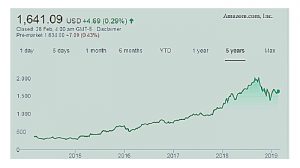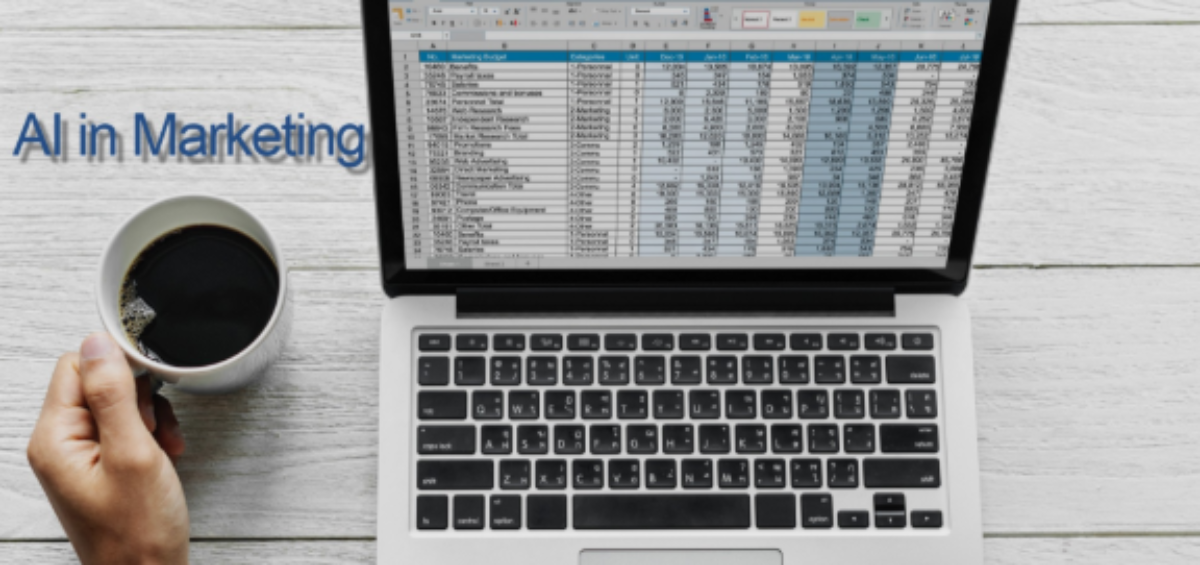Marketing decisions happen in real-time every day. Of late, with an exponential increase in the number of business decisions and activities, the people involved in making these decisions struggle to comply with the day-to-day provisions, especially with the budget allocated to them. So, what has changed the world of marketing?
Marketing is a premium component of business management, embarking to create relationships with customers and satisfy them. But satisfying the customers is not an easy task. Today, customers not only demand quality products but quality user experience too. Amidst the unprecedented choice and access to information, the demand is not only for relevant offers but also for a sound knowledge of customer preferences.
The Internet has changed the world and with the increase in its user pool and data consumption, an enormous amount of data in various formats (texts, images, videos, etc.) has been made available to the world. In addition to this, every business also has its own data repository. Collectively, this adds up to a gargantuan amount of information, which experts suggest is a big sales problem. They have termed it as ‘Infobesity’, meaning fatness or overload of data. This data influx has forced the marketers to realize the need to parse, analyze and understand the data they have acquired and use the gained insights to increase profits.
Scientists have discovered that on an average, a human brain has a storage capacity of 1 petabyte, which translates to 1 million gigabytes of memory. In contrast, the amount of available data is said to be reaching the 40,000 exabytes mark and continues to grow exponentially. It is not just the volume of data that has caused the struggle but also the complex variables attached to them, thus making the Job even more difficult.
Challenges of a Marketer:
Engaging with customers and providing personalized experiences in real time.
Adopting new marketing technologies and disowning the traditional marketing means.
Budgetary constraints.
Creating a customer friendly environment across multivariate channels.

Such challenges can only be faced with the help of automation. AI is needed to identify and target specific customers, to customize their user experience and to deliver effective communication. E-commerce brands like Flipkart, Myntra and Amazon use AI to boost their online businesses. Flipkart has partnered with the tech giant Microsoft to provide consumers in India a better online shopping experience by leveraging AI, Machine Learning and analytics in Azure, to optimize its data for innovative merchandising, marketing, advertising, and customer service. The company is currently running the project ‘Mira’ to deliver an offline experience to online shopping. The economic times cited the below paragraph as the real-world example of this technology.
“Say, someone comes to Flipkart searching for an air-conditioner. Because of Project Mira, Flipkart now asks buyers about what kind of AC they want, the tonnage, room size, brand, and such. It is beginning to help customers find the exact product they need, without having to navigate through the not-so-easy settings.”
Myntra (owned by Flipkart) is using AI and data mining to help designers come up with patterns and styles that can boost sales of products. Apart from using AI to come up with new designs, Myntra is also using augmented reality to enhance customer experience. Myntra is focusing on building intelligent ‘fast fashion’, where designs move from catwalk quickly, to capture current fashion trends.
As stated by Myntra chief product officer, The software uses data-like designs and styles that are popular, cuts that customers prefer…, it, then, comes with designs on its own using AI.”
Amazon is committed to long-term investment in this new technology, implementing product recommendation engines for size recommendation and correcting addresses. Amazon has implemented AI recommendation engines in nearly every part of its process.
Amazon has a heavy focus on data driven-marketing and the company has reported generating total net sales of almost 72 billion US dollars, a clear rise from the preceding 60.5 billion dollars revenue. Here’s a snapshot from Google Finance, showcasing Amazon’s growth report for 5 years in US dollars.

Social media sites like Facebook, Instagram and Snapchat are using neural networks to recognize and identify shapes and faces, thus keeping the audience engaged in unique and personalized ways. Swiggy’s latest ‘Voice of Hunger Challenge’, paid them a herculean number of voice entries in one day on their Instagram handle, creating the buzz and breaking their Instagram handle. The idea behind the challenge was to recreate the shape of a Nacho, pancakes, a Kebab skewer and many more and win a year’s worth of food vouchers from Swiggy. The food aggregators like Swiggy, Zomato are bidding high on AI, for analyzing the enormous flood of data and predicting demand using time-series based demand prediction model.
With its inception in 1950, AI has an important role to play in every field, where an awful lot of data is available. The challenge is not in acceptance and but in the implication. Many tech giants like Google, Microsoft, IBM have been investing heavily in AI, and have outperformed the others by solving business problems in a much better way because they have AI and ML.
Think of AI as a tool or an ally, aiding you in your task. Marketers need to be equipped with modern tools to take advantage of the speed and precision of an AI based model. For, it’s no surprise that automation systems will manage more tasks in the near future, freeing up the valuable human marketers’ time and quickly creating more targeted marketing materials that convert better among customers.
“We face a marketing future and the division of labor between Human and Machines. Simply put, “A shovel is a tool, and so is a bulldozer. Neither works on its own, ‘automating’ the task of digging.” – Dr. Douglas Engelbart.




Leave a Comment